Info
Subfamily: Pooideae
Genus etymology: Deschampsia = Honorific for Louis Auguste Deschamps (1765–1842)
Species etymology: cespitosa = "tufted" [Latin] refering to the growth form; beringensis = from Bering Island of the Russian far east, although this is also found through western North America
Photosynthetic type: C3 (cool season)
Nativity: naturalized - intentional
First recorded in Hawaiʻi: 2009
Map
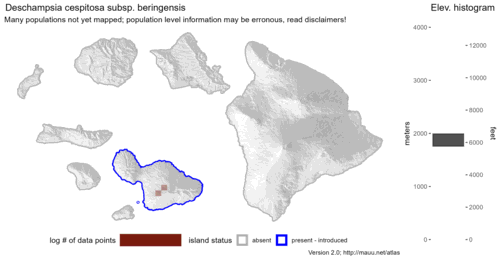
Inflorescence
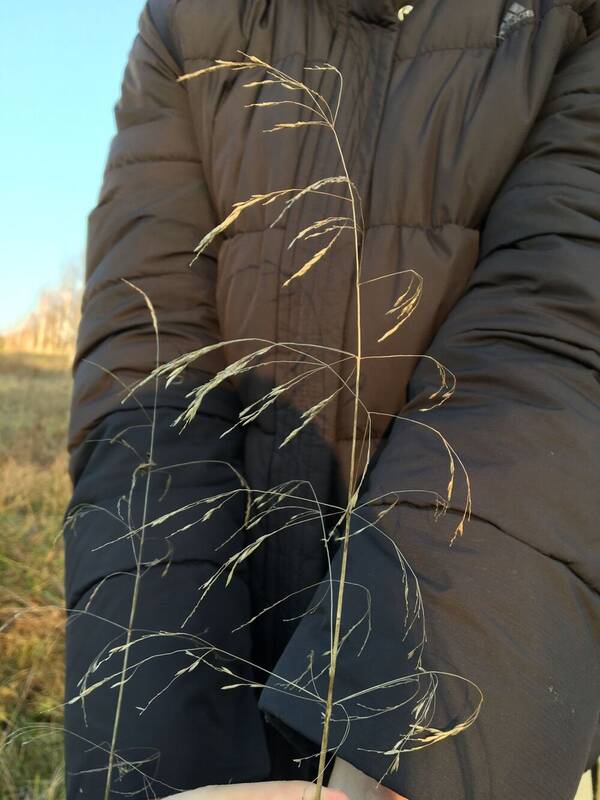 image credit: Larina_Arina
image credit: Larina_Arina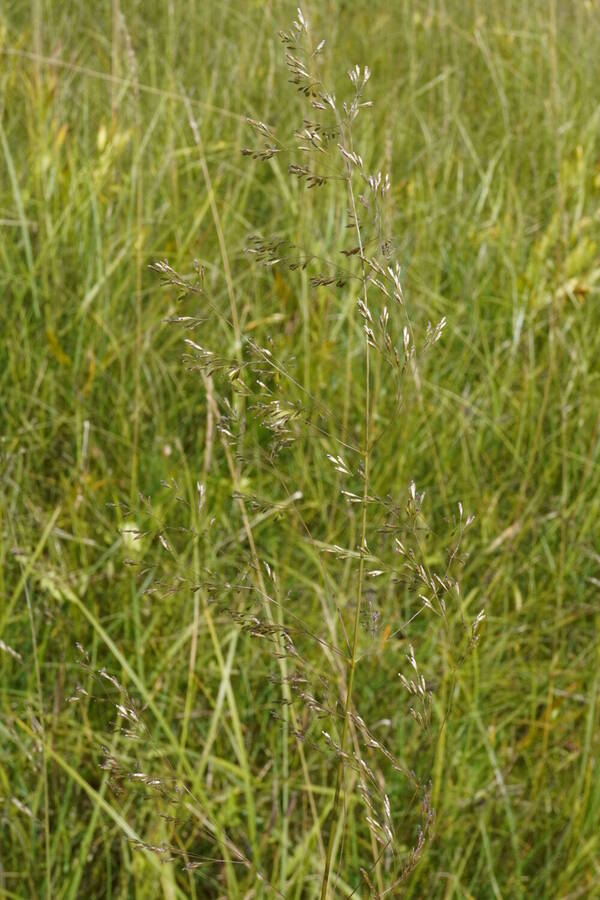 image credit: Patrick_Hacker
image credit: Patrick_HackerPlant
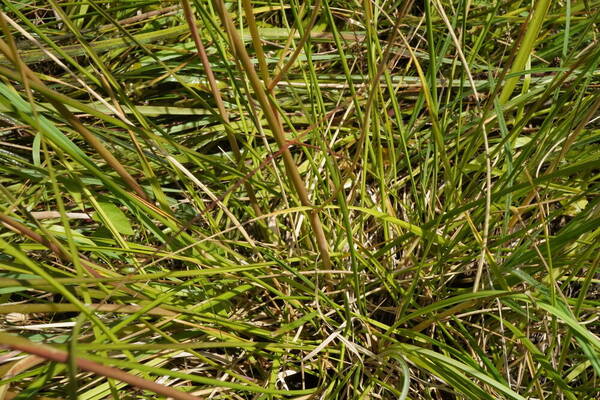 image credit: Patrick_Hacker
image credit: Patrick_HackerSpikelets
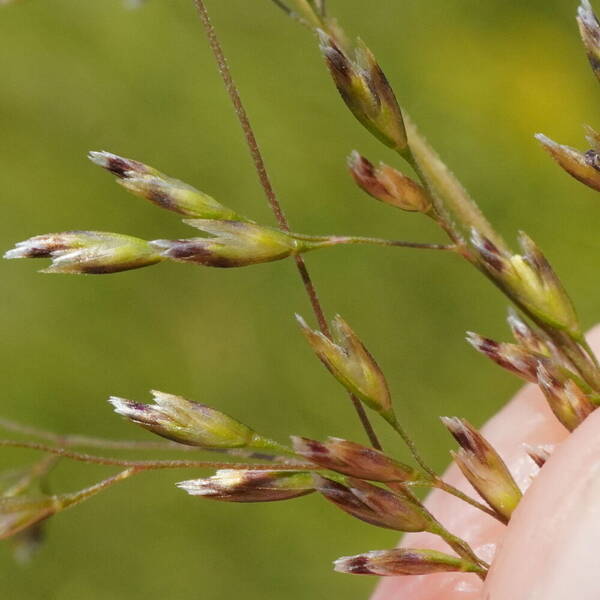 image credit: Patrick_Hacker
image credit: Patrick_HackerCollar
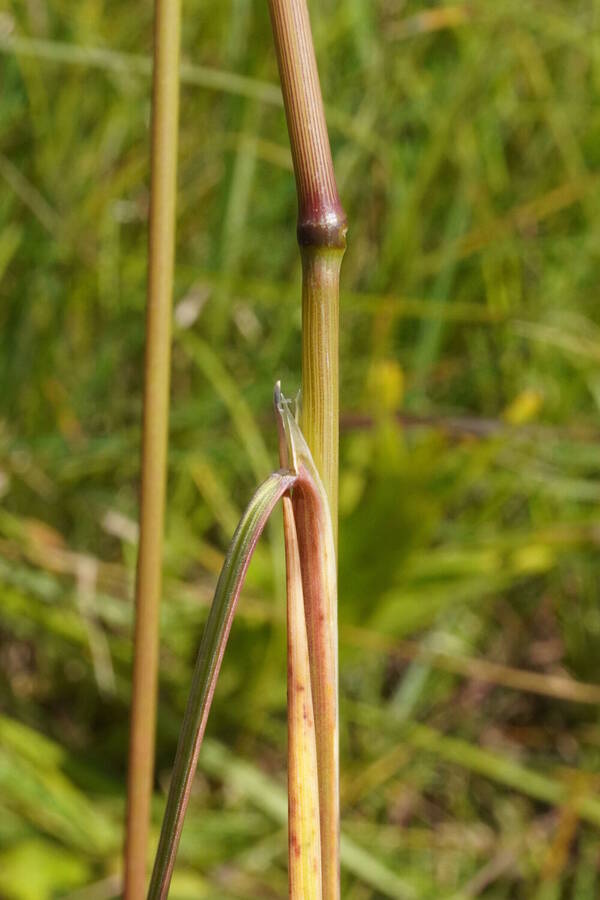 image credit: Patrick_Hacker
image credit: Patrick_HackerDescription
Densely tufted perennial tussock grass; culms erect, 30–160 cm. high. Leaves mostly basal; blades mostly 7–40 cm. long and 2–5 mm. wide, flat, or rolled when dry, coarsely ridged above, scabrid on the ridges and harsh to the touch; ligule scarious, up to 15 mm. long. Panicle oblong, 10–30 cm. long, loose or rarely ± contracted. Spikelets narrowly oblong, 2–6.5 mm. long (4–6.5 mm. in Flora area), 2(rarely 3)-flowered, green or purple with a golden or silvery sheen; lower glume oblong to narrowly elliptic, acute or obtuse, the upper elliptic, 3-nerved, acute; lemma elliptic-oblong, 3–4.5 mm. long, 4-toothed, or 2-lobed with the lobes lacerate, awned from near the base, less often from one-third or even half way up the back; awns mostly straight, capillary, 3–5 mm. long, scarcely projecting beyond the glumes.
(Description source: Clayton, W.D. 1970. Flora of Tropical East Africa. Gramineae (Part 1). Crown Agents for Oversea Governments and Administrations, London. 176 pp. )
Plants densely cespitose, not glaucous. Culms (7)35-150 cm. Ligules 2-8 mm; blades 5-25 cm long, 1.5-3.5 mm wide when flat. Panicles 8-30 cm long, 4-30 cm wide, open, nodding, pyramidal; branches, both primary and secondary, usually divergent, usually sparsely to moderately scabridulous or scabrous, sometimes smooth. Spikelets 2.5-7 mm, not to slightly imbricate. Glumes subequal to the distal floret, lengths often less than 5 times widths; lower glumes 2.5-5 mm, midveins smooth or scabridulous distally; upper glumes 2-6 mm; lemmas 2-4 mm, purple and/or green proximally, green to gold distally, the purple portion usually less than 1/2 the surface area, awns 1-8 mm, usually attached near the base, sometimes attached near midlength, straight or geniculate, exceeded by or exceeding the distal floret; anthers 1.5-2 mm.
(Description source: Barkworth, M.E., Capels, K.M. & Long, S. (eds.) 1993. Flora of North America, north of Mexico. Volume 24. Magnoliophyta: Commelinidae (in part): Poaceae, Part 1. Oxford University Press, New York. 911 pp. http://floranorthamerica.org/Deschampsia_caespitosa )